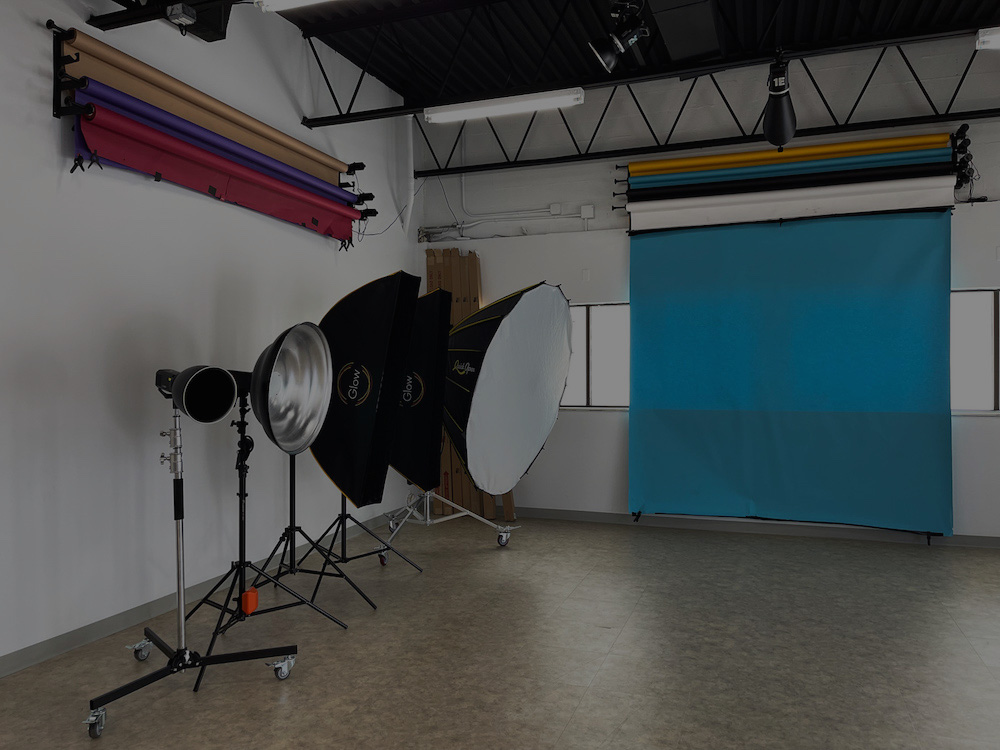In this series, I respond to questions about Flashpoint and flash photography. If you have a question you’d like answered in a future article, leave it as a comment on my Instagram or YouTube page. Now, let’s get started.
I flip between photography and video, so the Flashpoint FV200 Hybrid LED and Flash seems like the perfect lighting solution. It’s flash power is similar to the eVolv 200, right? Are there any negatives of using this as a flash for photography?
First off, no, the FV200 “flash” power is not similar to the eVolv 200. This is often confused, as people see “200 watt LED” and assume it creates the same brightness as a 200 watt-second flash. But that simply isn’t the case, and those numbers have little relation to each other.
The FV200 is a 200 watt LED and, to simulate a flash, it overcharges to 400% of its peak LED brightness for a brief moment. It’s peak “flash” brightness is similar to an eVolv 200 at 1/8 +.3 power.
There is an additional caveat to using the FV200 for flash photography. It has a very long flash duration, around 1/100s. One of the biggest benefits to flash is that it only illuminates for a short period of time — anywhere from 1/20,000th of a second to 1/200th of a second depending on the flash and output level. It is this short light duration that allows photographers to freeze fast-moving subjects. You can read more about this topic in my article about the Xplor 1200 Pro. With the FV200 having a “flash” duration of 1/100s, even portraits with mild movement may yield results with motion blur.
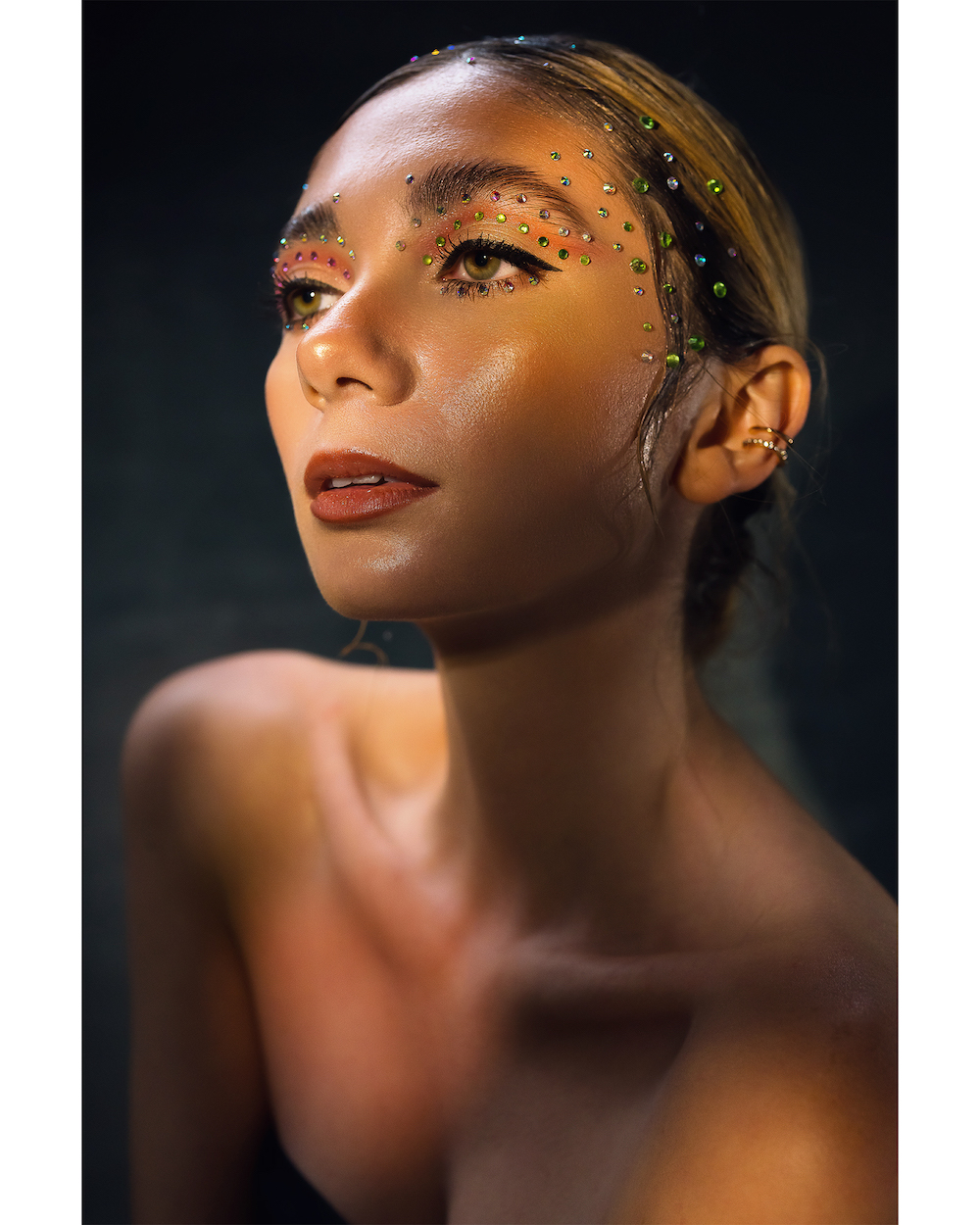
The FV200 is a great LED for video, but it’s flash photography applications are best reserved for still life and stoic portraits.
My transmitter says “LOCKED” at the top and I can’t make any adjustments. What should I do?
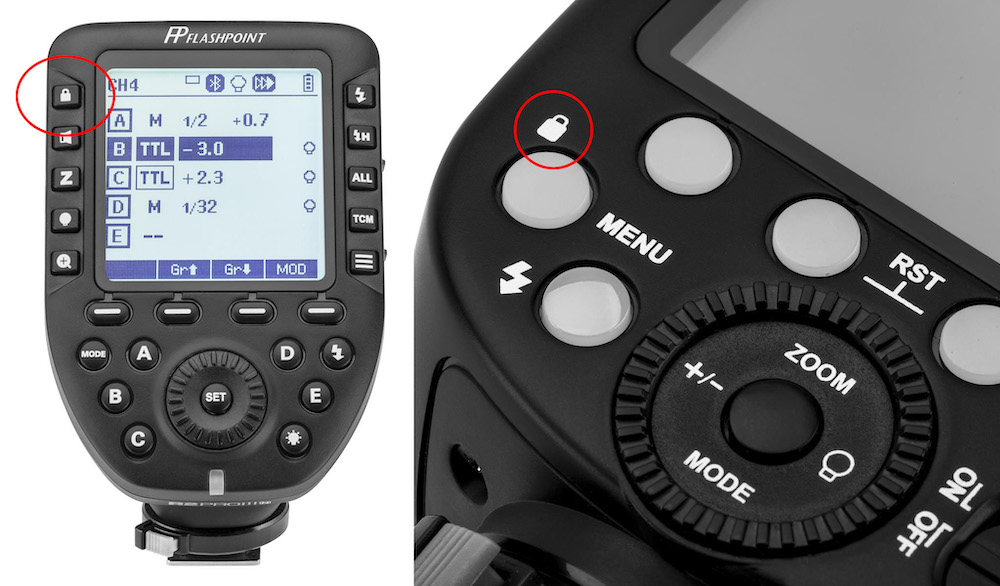
The transmitters and speedlights in the R2 series have a lock function so you can prevent any unintentional adjustments from being made. However, it varies how clear this option is. On the R2 Pro II transmitter, there is a dedicated lock button (shown with a padlock icon). Pressing it starts the lock, holding it releases the lock. On other products, this padlock is the hold function of another button, typically the mode button. Again, you’ll see the padlock near the button and have to hold it to remove the lock.
I was shooting with my Xplor 600 and, after a while, it took a really long time to recycle. Is something wrong with my light?
The Xplor 600 can be replaced with anything in the R2 series for this question — as I’ve seen this asked about every light. Every light in the R2 series has very fast recycling speeds for their power output. For example, a AA speedlight such as the Canon 600 EX-RTII takes about 4.5 seconds to recycle a 1/1 (full power) flash. On the other hand, the R2 Zoom Li-on X takes roughly 1.5 second to recycle a flash of equivalent brightness. This is primarily due to the battery type, since the Zoom Li-on X has a more powerful lithium ion battery.
There is a trade-off with being able to recycle a light this fast — and that is heat. Because the light recycles so rapidly while reaching the same output, it has less time to cool in between flashes. For that reason, the light eventually needs to slow down it’s recycle speed in order to give time to cool and protect the components.
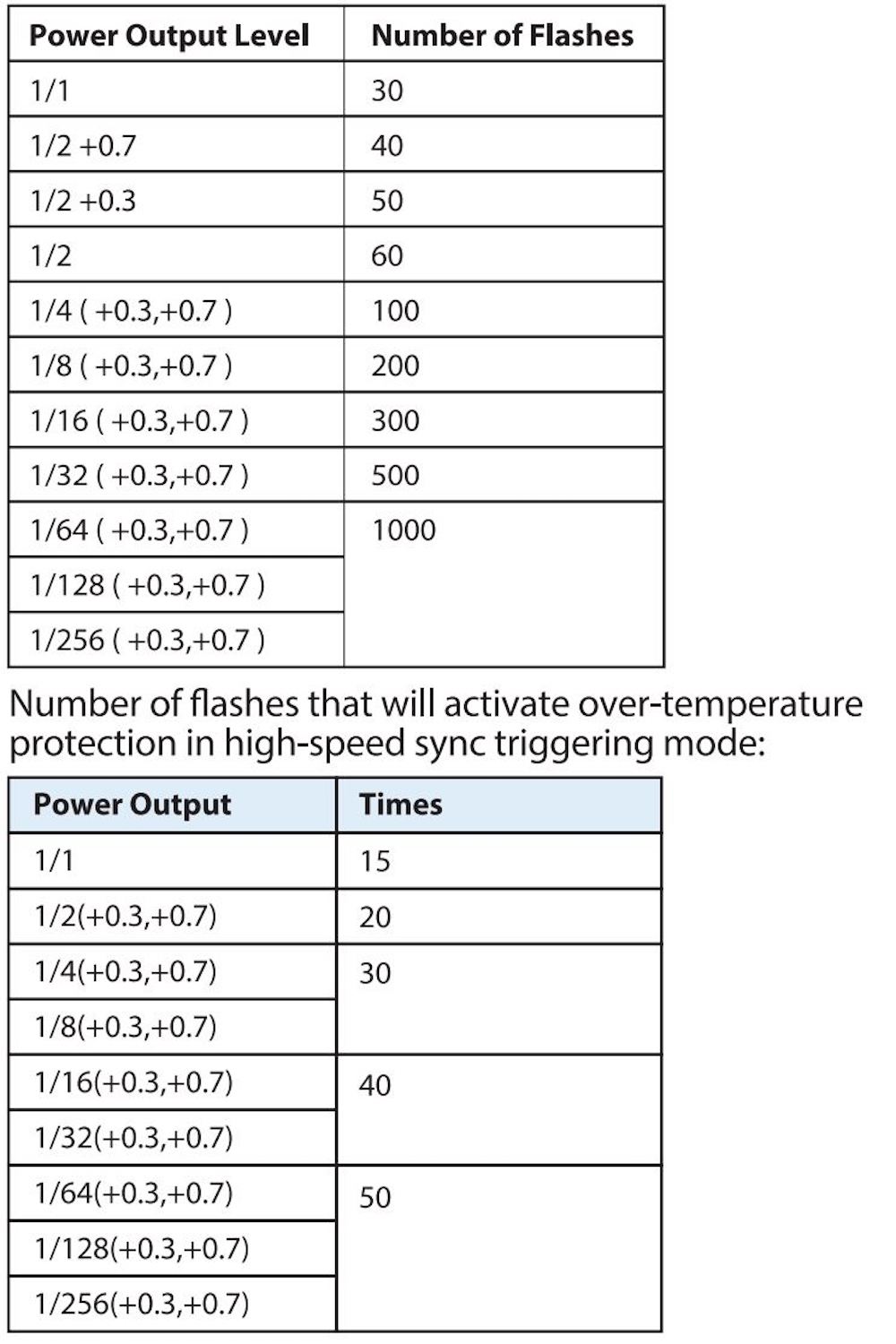
Do you recommend the battery-powered flashes for studio use?
I’m torn on recommending this. I think everyone needs to consider their own preferences here.
On one hand, having battery-powered strobes in a studio (as opposed to using wall-powered strobes) is a dream come true. Even in a studio the restriction of being cabled to a wall can be aggravating. You have to gaff tape them down to protect the people in your studio from tripping over the cables. Sometimes when you change the position of a light, you run out of cable length forcing you to add an extension cable. Being anchored to the wall is simply an additional level of clunkiness that battery-powered lights free you from.
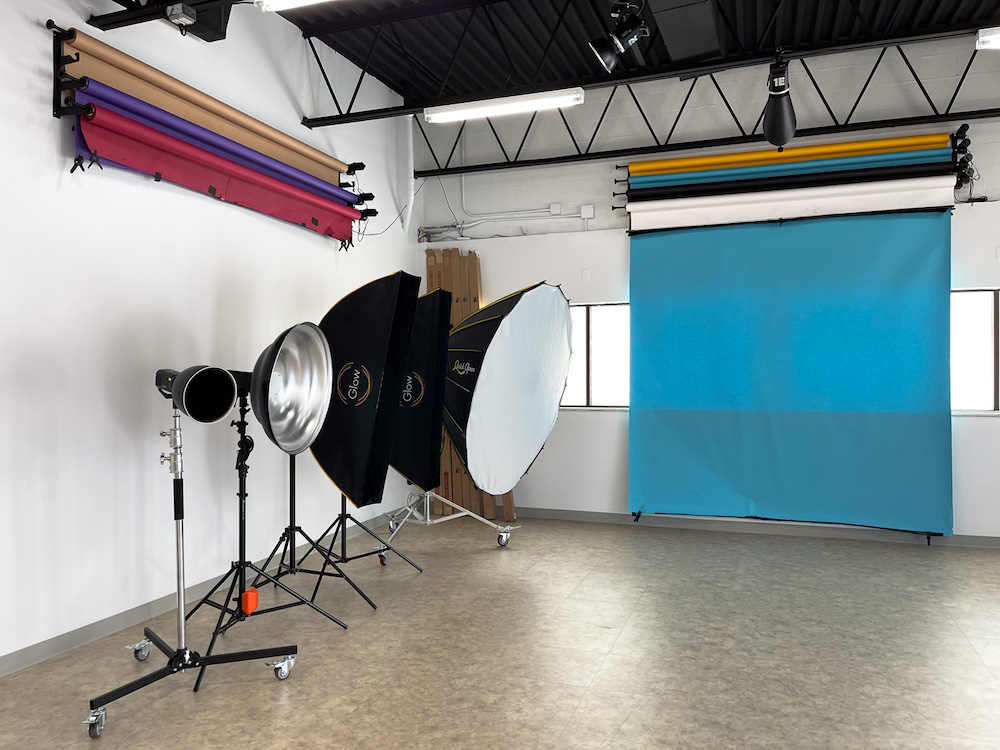
On the other hand, batteries come with their own responsibilities. You can’t just leave them on a charger for six days in between two sessions. They should be removed from chargers once fully charged. They shouldn’t be stored for long periods when full. And they shouldn’t be left sitting fully drained. Simply, the action of ignoring your battery health can lead to your batteries failing, which is an additional expense. On top of that, there’s always the chance of running out of fully depleting a battery during a session. Now you need backup batteries, which you also have to manage the health of.
For those reasons I think only those who are regularly in the studio, and willing to monitor their batteries’ health, should consider battery powered lights. Otherwise, stick with AC units.
Can you use a Nikon sb-700 with the eVolv 200 at the same time with the Flashpoint Zoom R2 Mark II Transmitter?
My first recommendation in this situation is to switch to another Flashpoint speedlight. I’m not saying your Nikon flash is useless, but it is very often that you can sell a first-party flash, buy an R2 speed light, gain functionality and ease of use, and still have money to spare. Having said that, I understand some users want to integrate what they already own into their new R2 purchases.
It is extremely simple to connect any speedlight or studio strobe into the R2 series. You can accomplish this with a Flashpoint R2 Single Pin Transceiver. This transmitter/receiver can be connected to a speed light via the hot-shoe connection, or a strobe via the sync jack connection.
The functionality — however — is limited. As a single pin receiver, it will only communicate the “fire” signal to lights. While they will sync with your camera, you will not be able to change the power remotely, nor can you use features such as TTL or high-speed sync.
There is an additional option for speedlights specifically, via the R2 TTL Receiver. You’ll want to confirm that you are buying the receiver that matches the brand of speedlight that you are using off-camera. Using the linked Nikon version on a Nikon SB-700, and putting the SB-700 in TTL, you can remotely control the power in manual and use TTL off camera, all while controlling any other R2 flashes other groups.
Stay tuned for more “Ask Rob Hall” sessions!

